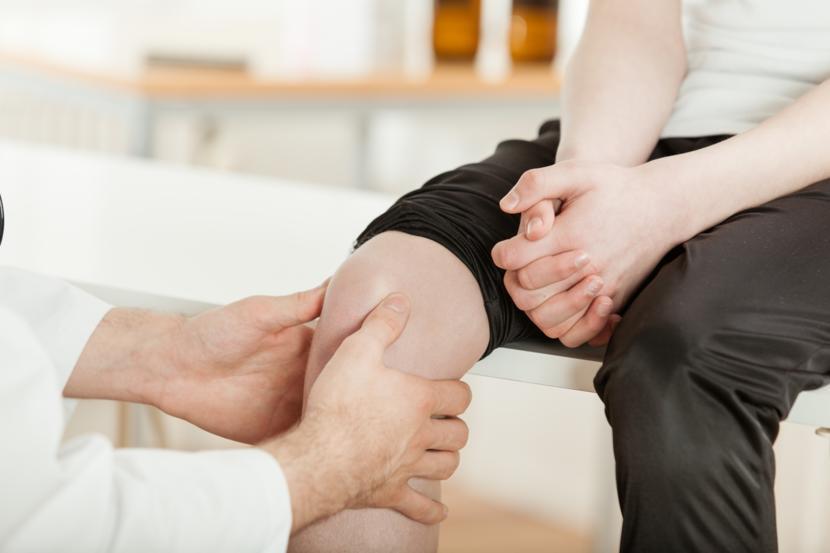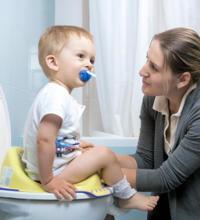What Is Blount’s Disease: Symptoms and Treatment

Blount's Disease
Blount's disease is a growth disorder that causes the lower leg bones to bow outward. Although this disorder can affect people any time during growth stages, it is more commonly seen in adolescents and children who are younger than 4 years old.
It is important to note that Blount’s disease is different from the bowing of legs in toddlers and babies. Their legs may appear temporarily bowed, but their legs usually straighten out by the time they learn how to walk. When it comes to Blount’s disease, bowed legs tend to get worse if left untreated--whether the disorder develops in early childhood or during the stages of adolescence. Thus, having an early diagnosis is quite important.
In people with Blount’s disease, the growth plate on top of the tibia receives too much pressure. The growth plate, also known as physis, is made out of cartilage, which is a firm but soft tissue that is weaker than bone. The physis is responsible for the length and growth of long bones. However, when there is too much pressure put on it, the normal growth of bones is impaired. What happens is that the tibia’s outer side continues to grow but the bone’s inner side does not, resulting in an uneven bone growth. Instead of growing straight, it causes the tibia to bend outward.
Types of Blount’s Disease
There are two types of Blount’s disease: infantile and adolescent.
- Infantile: Children who are younger than 2 years old usually have a relatively normal bowed leg appearance until they reach 18-24 months old. The disorder tends to develop around the same age in children, but the bowing in Blount’s disease worsens over time instead of improving. Infantile Blount’s disease usually occurs in newborns up to 3 years old. The deformity is only seen in the tibia (shin bone) and occurs in both legs. This deformity is more common than the adolescent Blount’s disease.
- Adolescent: Adolescent Blount’s disease usually develops in children who are older than 10 years old. The deformity tends to occur in the tibia (shin bone) and femur (thigh bone), and more likely to be unilateral (affects only one side).
Symptoms
A person with Blount’s disease usually shows bowing of the legs below the knee. Although this condition is not painful in young children, adolescents may feel a fluctuating pain in the knee region. In most cases, pain is managed by taking over-the-counter painkillers.
Other problems may also arise including how the lower leg carries the body’s weight. Aside from the bowing of legs, the tibia can also be rotated leading to in-toeing, which is a condition where children’s feet turn inward. It usually takes decades for Blount’s disease to develop into knee arthritis as well as difficulty walking. Another result of the disease is for one leg to become somewhat shorter than the other leg.
Risk Factors
The main cause of Blount’s disease is not yet known. However, most children with infantile Blount’s disease are often overweight and able to walk before reaching 12 months. Adolescent Blount’s disease may also be related to obesity or uncontrolled weight gain.
Blount’s disease usually runs in families, so a genetic component is believed to be involved in this disorder. The disorder is also more commonly observed in people of African descent.
Diagnosis
The possibility of having Blount's disease may be considered by healthcare providers if a patient's legs start bowing along with a worsening knee pain but without any trace of injury.
An orthopedic doctor is a healthcare provider who specializes in bone and joint health. Orthopedic doctors can help diagnose and treat Blount's disease. Doctors usually perform a physical examination along with taking an X-ray of the patient's legs to identify any abnormalities in bone growth patterns. It also helps doctors determine the severity of the bowing.
Treatment
The main goal of Blount’s disease treatment is to improve the patient’s overall leg alignment as well as correct the deformity. Below are some of the treatment methods used for Blount’s disease:
Nonsurgical Treatment
Children with infantile Blount’s disease may have leg braces to guide their legs into a correct and straight position as they continue to grow. Improvements are gradually observed within a year of treatment. However, surgery may be required if the deformity is left untreated in children, especially when they already reached the age of 4.
Surgery
If bracing fails to provide effective results, surgery may be recommended. Surgery is often recommended to those who are not ideal candidates for bracing and children who have severe deformities. Hemiepiphysiodesis and osteotomy are types of surgeries that can help treat Blount’s disease.
- Hemiepiphysiodesis - It is a technique that involves placing staples or plates on one side of the growth plate to help correct the deformity as time goes by.
- Osteotomy - It is a surgical procedure done to help realign the bone into a normal position. After surgery, the deformity is immediately corrected.
After Surgery
Osteotomy usually heals when internal fixation is used within 6-8 weeks. The cast may be removed after 5-6 weeks if the bone build-up is enough. A second cast can be applied to the knee but the ankle and foot are free to help bear the weight of the leg. A cast is applied to the knee to help keep it straight.
When the child has surgery with external fixators, then the correction of the deformity gradually takes place over the next three weeks. After the tibia has become straight, extra rods are used to stabilize the external frame. After the operation, it takes around 12 weeks for the tibia to straighten.
Outlook
Teens can return to their usual activities or sports after undergoing surgery to correct Blount's disease. However, it is quite important for children and teens to maintain a healthy weight to help protect their bones and joints against excessive wear and tear over time.
Parents, guardians, or caregivers must speak with the doctor to help figure out a safe exercise routine and healthy diet for children who are recovering from the disorder. Maintaining a healthy weight does not only benefit those who have Blount's disease, but also all growing children and teens since having a healthy weight can help limit joint damage over time.













